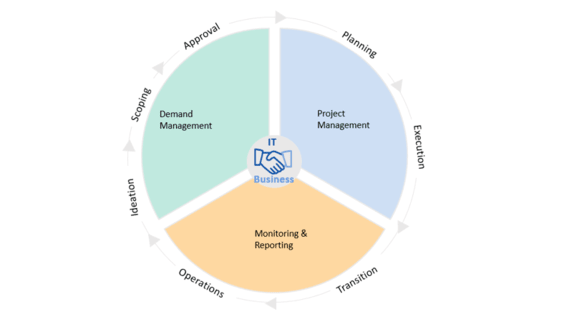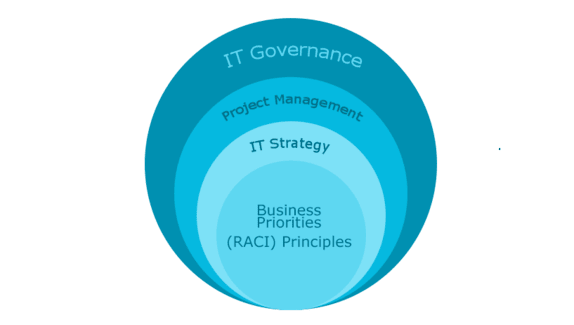Process Consulting
IT Strategic Governance for Online Retailer

Case study on successful bolstering of information technology strategic governance processes to enable the organization to deliver projects on time, on budget and with faster time to market
Situation
One of the leaders in online retail of skincare products in US was growing so quickly that they struggled to scale their IT strategic governance and portfolio management capabilities. As a result, IT and the business rarely consulted each other which led to projects being completed in siloes with limited resources and visibility. In order to maintain its position as one of the leaders in online sale of skincare products, this company partnered with Miros Tech to improve their IT Strategic Governance processes and to ensure software development unit and the various business streams were delivering value for the organization wtih maximum efficiency.
Approach
MirosTech set out to create a repeatable and scalable process to ensure the organization was making the right investments aligned to the strategic direction of the business.
-
-
Strategic Governance Board: Defined the composition and cadence of the Board, criteria of project ideas to be submitted to the Board, as well as decision authorization level for the Board
-
IT Liaisons: Defined and facilitated new roles within IT support & software development units that facilitated alignment with Business to better enhance the planning and delivery of cross-functional projects as well as software updates
- Portfolio Management Playbook: Outlined how IT and the business will communicate throughout a project’s lifecycle, including the definition of key project management processes such as scoping, risk management, change management, status reporting, and roles and responsibilities.
-
Results
Communication between IT and the business increased as projects were brought to the Strategic Governance Board at ideation and continued to be monitored with IT-business touchpoints which led to:
-
-
Greater resource visibility: By giving business representatives visibility into what projects were in the pipeline, they were able to allocate shared resources and plan for resource allocation accordingly
-
Improved budget forecasting: Forecasting became more accurate as the Board was made aware of project needs including spend and resources from across the business, and as IT coordinated with the business to relay their budget on a regular basis
-
Accurate project planning: Seeing cross-functional dependencies and impacts allowed Project Managers to plan accurate project starts accordingly
- Faster Time to market: Enabling a simple Board approval and funding for projects decreased time to approval and start, and eliminated cross-functional roadblocks as projects were executed
-


